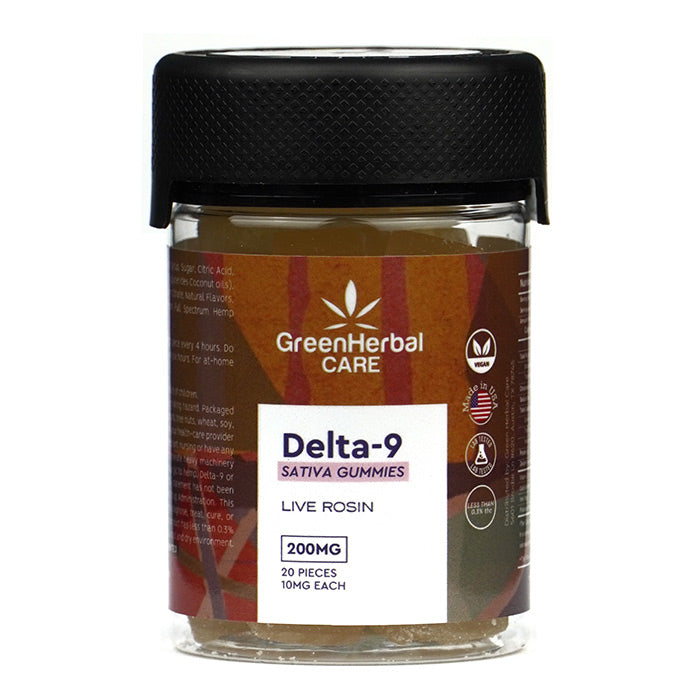CBG, also called Cannabigerol, is a cannabinoid found within the hemp and marijuana plants. CBG begins as CBGa which is just the acidic form of the compound. In order for CBGa to be turned into CBG, it must be decarbed (heated) which happens during smoking or during the extraction process of CBG products. It’s often called the ‘Mother Cannabinoid’ since CBGa is converted by plant enzymes into THC and CBD. Because of this CBG levels in the plant remain low only 1% or less. Growers are cross-breeding and learning when the optimum time for harvest is to create higher concentrations of CBG so scientists can learn more and so that we can utilize the full potential of this amazing compound. If you're looking to buy CBG, understanding these processes can help you find high-quality products.
CBG is a non-psychotropic compound so users won’t need to worry about getting high. CBG is actually a neuroprotectant that helps aid in diseases like Parkinson's, Huntington’s, and Alzheimer's. It weakly binds to CB1 and CB2 receptors but still activates the endocannabinoid system through indirect interactions to help with a number of different issues like:
- Pain management
- Muscle contractions
- Inflammation
- Sleep
- Depression
- Intraocular eye pressure (glaucoma)
- Lower blood pressure
- Inhibiting tumor growth
- Blocking receptors that cause cancer cell growth
- Antibacterial
- Antifungal
Research is still limited on CBG since so much research is being put into THC and CBD right now but scientists are excited about what they’ve discovered so far. They are hoping to really start promoting CBG in tandem with CBD usage! CBG products are used the same way CBD products are! You can smoke CBG dominant hemp strains, consume edibles, tinctures, and even topicals. CBG has a promising range of therapeutic benefits and scientists are only beginning to scratch the surface.


